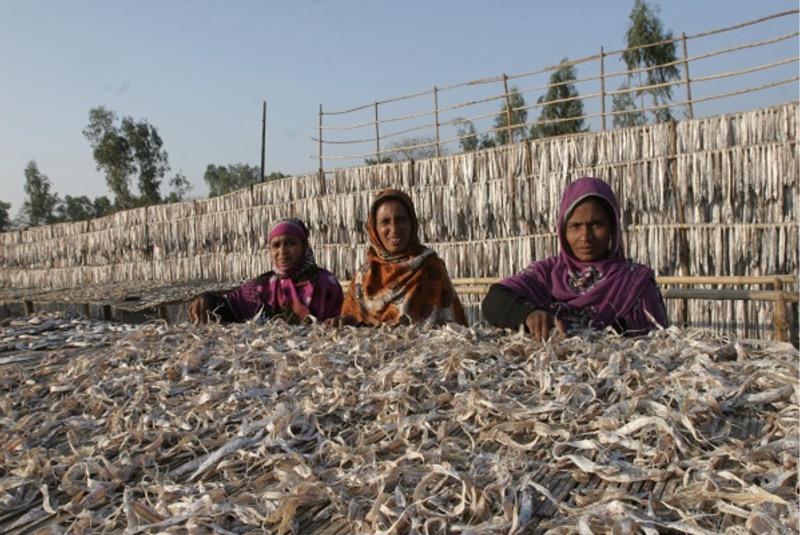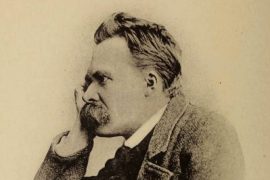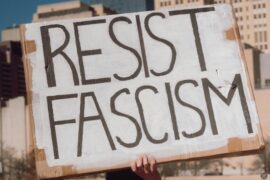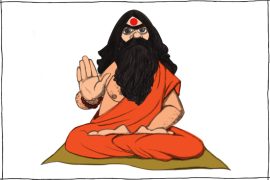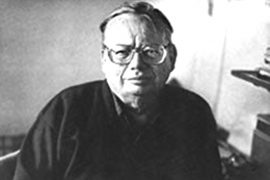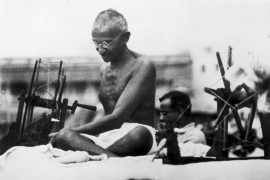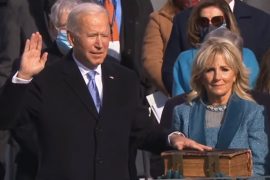In the 1970s, Bangladesh was only featured in global media when a natural catastrophe of alarming proportions afflicted the under-developed country teeming with millions living in extreme poverty. At the time, almost all the developmental foreign aid was funded for government infrastructure programs, where the majority of its poor people were socially and financially excluded from the beneficiaries list.
Against this backdrop of skewed socio-economic policies of the state, Mohammed Younis, a young economist with a doctorate from Vanderbilt University, relocated back to Bangladesh from the United States. He had realised the power of Microfinance to uplift the impoverished and marginalised individuals in his home country who subsist on meagre incomes. Armed with a revolutionary microcredit model to serve a poor clientele, Grameen Bank, his brainchild, started operations in Dhaka.
Grameen Bank Lending Model
‘Grameen Bank,’ which translates to ‘Village bank’ in Bengali, is a bank for the poor. It focuses on rural villages where daily-wage earners are outside the credit mechanism of the traditional financial system, modelled on capitalist principles of individual creditworthiness, collaterals, bank guarantees and loan repayment histories. Such stringent assessment parameters summarily removed poor people from the ambit of conventional banking instruments for raising essential finance for the day-to-day activities of their small business establishments. Grameen Bank’s philosophy of advancing credit was founded not on collateral but on the trust of the local community of borrowers.
Grameen Bank’s micro-credit delivery system involves a series of sequential processes. A bank unit is preliminarily set up with a Field Manager and support staff; all employees of the bank are entrusted with a geographical jurisdiction covering fifteen to twenty-two villages. This team identifies potential clients who are mainly hawkers, bamboo weavers, potters, blacksmiths, tinsmiths etc., who account for the poorest of the poor in Bangladesh.
Emphasis is given to women borrowers, primary touch-points of social change; women empowerment is globally acknowledged as the catalyst for poverty eradication in third world countries. Currently, women borrowers constitute around ninety-seven per cent of all micro-credit loans disbursed by the bank.
The bank adopts a lending model called solidarity lending. Instead of lending to individuals, the Field Managers identify groups of five potential borrowers. Of the five, initially, only two will be advanced credit, with mandatory weekly repayments. Bank field officers monitor these repayments over twelve months. Only if the two creditors service the loan amount without defaults for the monitored term will the other three eligible group members receive their pre-approved loan amounts.
This peer pressure on the first two beneficiaries for prompt repayment acts as incentives for collective responsibility and fiscal prudence to create a win-win situation for all the members in the micro-group. To date, statistics reveal remarkable discipline on the part of borrowers; loan repayments are almost ninety-eight per cent – a success rate only comparable to the conventional banking behemoth, Chase Manhattan. Solidarity lending has evolved to become the bedrock of Microfinance, and this successful model is now replicated in sixty-four countries worldwide.
Grameen Bank As An Instrument Of Social Change
All borrowers in each of the Grameen Bank branches are encouraged to imbibe sixteen value codes, which they recite on receipt of the loans. These value codes are positive confessions centred on compulsorily educating children, fiscal prudence to improve their lives, healthy lifestyle through organic farming, mobilising resources through wealth creation and thrift, building better homes, owning collective responsibility for community welfare, consensual conflict resolution etc.
Since ninety-seven per cent of microfinance beneficiaries were women, rural societies hitherto impoverished and hopeless were radically transformed by implementing these core values. Grameen Bank rediscovered the zest, zeal and entrepreneurial spirit of women borrowers, and more than half of them, numbering fifty million, were able to lift themselves out of abject poverty.
Primary school enrollments increased substantially; households now enjoy three meals a day, sanitation and hygiene standards improved tremendously, infant mortality has fallen, morbidities declined, live in rainproof houses, and generate savings, all while repaying their debt without defaults.
Loans Productive Than Subsidies & Grants
Mohammed Younis, an ardent proponent of welfare economics, believes granting financial access to the bottom of the pyramid should be the right strategic policy direction by governments for their social mobility. Therefore, he discourages safety nets, disbursing subsidies, grants and social security wages to the poor in backward nations as these periodic lump-sum transfers could be misused or promote inertia.
Loans, he emphasises, create responsible borrowers in the lowest income class, fully accountable for their redemption. The business acumen of these segments could be identified and enhanced through skilling and training programs in collaboration with state institutions, non-governmental organisations and other nonprofit foundations.
Income generation and asset ownership through creating entrepreneurs are the twin engines that propel the poor. This microcredit experiment has been empirically proved to achieve brilliant results in most developing markets with high concentrations of both urban and rural poor.
Grameen Bank Success Story
Since its inception, Grameen Bank has disbursed collateral-free Microfinance loans amounting to $36 billion to more than 10 million borrower beneficiaries, of which ninety-seven per cent are women. The ownership is vested with the borrowers who own ninety-four per cent equity and a nominal six per cent owned by the Bangladesh government. This substantial owners’ equity translates into profits being returned to the bottom-of-the-pyramid borrowers.
Grameen Bank has diversified its services in its organisational life cycle, expanding to more than two dozen institutions under the umbrella of Grameen Family Enterprises. Prominent among them are low-cost housing, completing more than 560,000 low-budget homes and Grameen Telecom, which operates wireless payphone services as part of its Village Phone Program.
Grameen Phone is Bangladesh’s largest mobile phone operator, with over eighty-three million subscribers. Grameen Foundation, its nonprofit arm, partners with Microfinance institutions worldwide; it created a global consultancy network that nurtures intellectual capital, works towards eradicating poverty and empowers women using the tool of microfinance.
The foundation has a presence in more than forty countries spanning the Americas, Asia-Pacific and Africa. Grameen Bank Housing Program received the World Habitat Award in 1998, and in 2006; the bank and its founder Mohammed Younis were jointly awarded the Nobel Peace Prize.
Grameen Bank’s financial and socio-economical success is a testimony to the power of micro-finance to effect social change.
-30-
Copyright©Madras Courier, All Rights Reserved. You may share using our article tools. Please don't cut articles from madrascourier.com and redistribute by email, post to the web, mobile phone or social media.Please send in your feed back and comments to [email protected]

